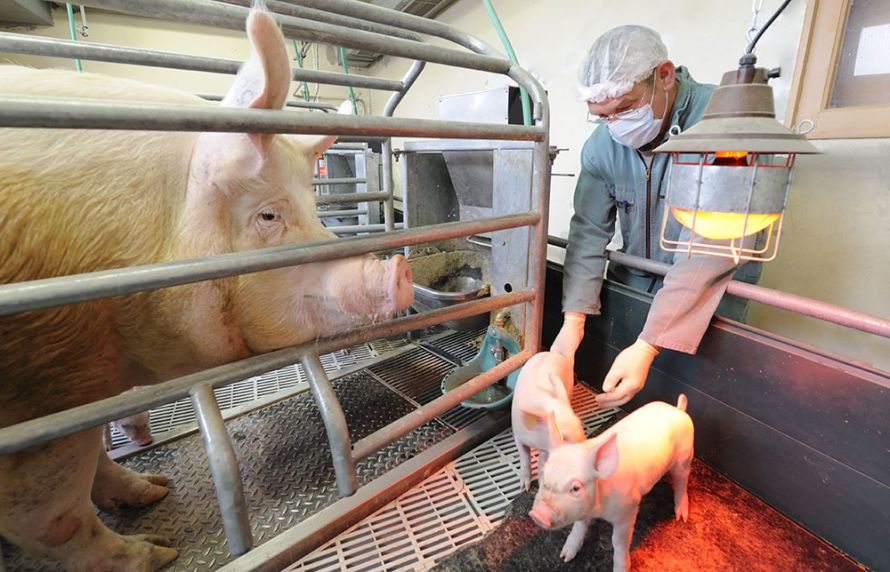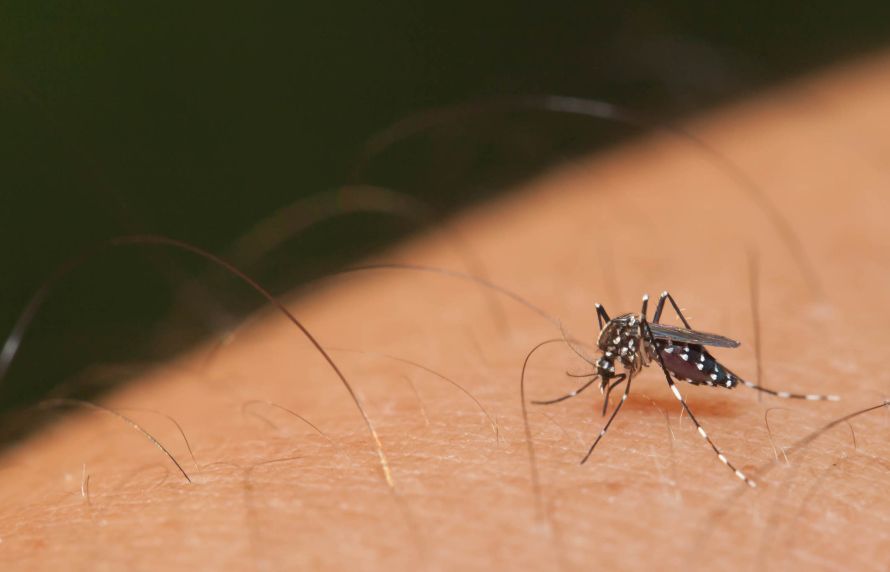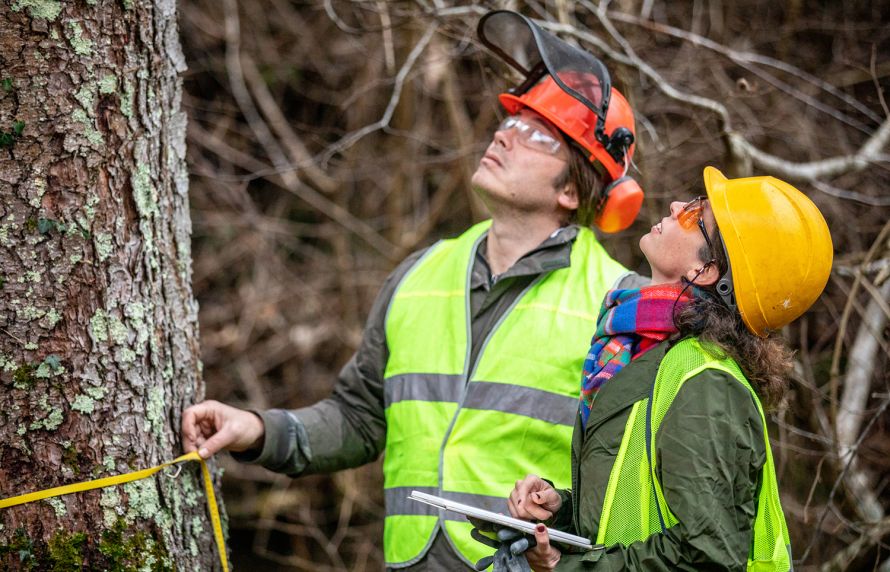Classified as carcinogenic in 2012, air pollution also has proven respiratory and cardiovascular effects. Whether they are drivers or delivery riders, refuse collectors, sweepers or road maintenance operatives, workers who spend most of their time on or near roads, either outside or inside a vehicle, are particularly affected by road traffic pollution. ANSES is calling on the public authorities and occupational health professionals to take greater account of environmental pollution in the workplace in order to reduce exposure and risks.









